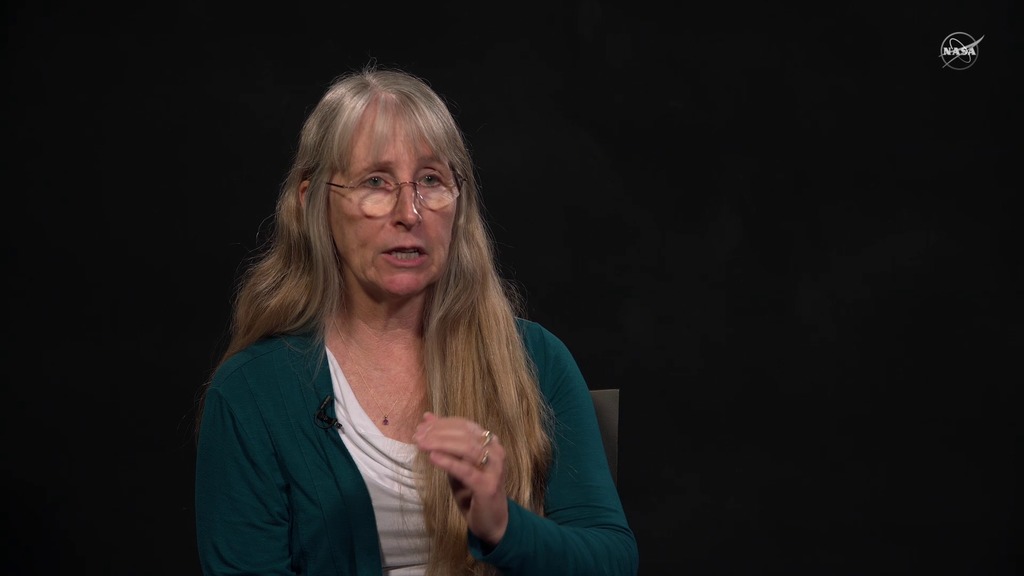Warm Winter Air Makes for a Small Ozone Hole
Music: Stars Align by Andrew Michael Britton [PRS]
NASA and NOAA scientists work together to study the ozone layer, monitoring the hole over Antarctica as it fluctuates with the seasons.
This year, the ozone hole's annual maximum set a record -- the smallest it's been since 1988.
The hole in the ozone layer is caused each year as ozone molecules react with chlorofluorocarbons (CFCs) in the atmosphere. The reactions occur at cold temperatures, so the hole reaches a maximum size each year at the end of southern winter, and then heals during the warmer summer months.
Although CFCs have been banned since 1987 under the Montreal Protocol on Substances that Deplete the Ozone Layer, the compounds decay very slowly, and still remain in the atmosphere. This year, the small ozone hole was mostly caused by warmer temperatures, which slowed down the reactions between ozone and CFCs.
Credits
Please give credit for this item to:
NASA's Goddard Space Flight Center
-
Producer
- Kathryn Mersmann (USRA)
-
Writer
- Theo Stein (NOAA)
Release date
This page was originally published on Thursday, November 2, 2017.
This page was last updated on Wednesday, May 3, 2023 at 1:47 PM EDT.
![Music: Life Choices by Eric Chevalier [SACEM]Complete transcript available.](/vis/a010000/a013300/a013349/Max.png)
